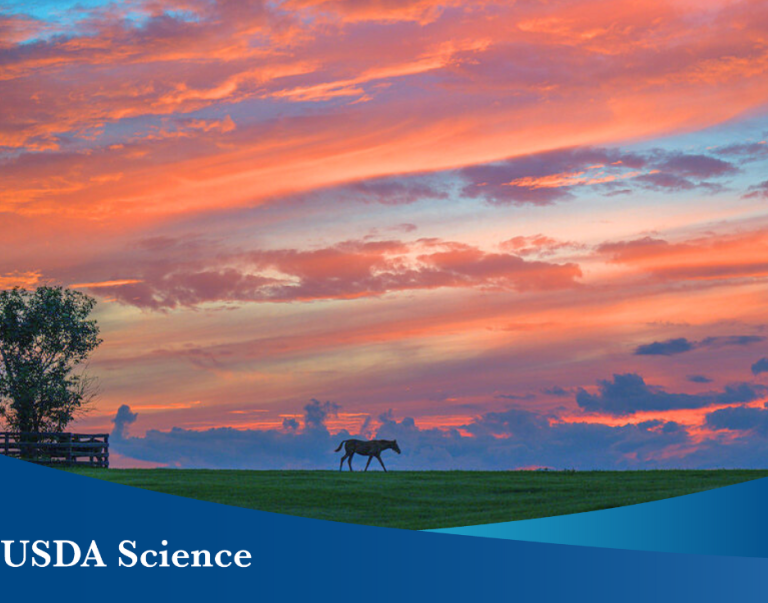Americans know the importance of forests to our communities and our economy. They provide jobs and recreational opportunities, filter our air and water, and make up essential habitat for wildlife and natural resources. But increasingly, we’re also recognizing that forests play an important role in mitigating climate change.
Recently, President Obama announced a Climate Action Plan to reduce carbon pollution, prepare for the impacts of climate change on our communities and economy, and lead international efforts to combat global climate change. This plan recognizes that America’s forests play a critical role in addressing carbon pollution, absorbing as much as 14 percent of our country’s greenhouse gas emissions each year. Over the last several decades, forest regrowth on former farm lands, reforestation, and maturing forests have kept our forest growth rates high, helping us absorb even more carbon.
At the same time, development of forest lands is reducing the amount of carbon we can absorb now and in the future. Carbon pollution is also taking a toll on our forests – heat waves, wildfires, pests and drought are all worsened by climate change, reducing our forests’ ability to sequester carbon.
It is difficult to predict precisely how much these impacts will reduce the potential of our forests to combat climate change – but we do know that we must start now to find new ways to enhance forests’ ability to absorb carbon and become more resilient. As part of the President’s Climate Action Plan, the Administration is bringing Federal agencies together to tackle this challenge. An interagency Task Force is working to provide more accurate and consistent annual updates of carbon fluxes from forests and other lands. This will help us ensure that we have up-to-date information on how major disturbances like wildfires, as well as land development trends, impact the capacity of the nation’s forests to absorb carbon. It will also provide the tools we need to make more effective policy decisions, ensuring land managers are able to take into account the carbon sequestration value of our forests. The Task Force is also developing new approaches to retain and restore our forests and other important landscapes like grasslands and wetlands.
This initiative will build on the significant work the Administration already has underway to ensure healthy, thriving forests. For example, the Department of Agriculture announced this year the creation of seven new regional hubs to provide research and timely information to farmers and forest landowners as we work together to combat climate change. This work will complement research by DOI Climate Science Centers, in areas such as evaluating management options, projecting forest conditions and carbon storage under climate change, evaluating the effects of changing rainfall and snow conditions, and studying the effects of changing forests on particular species and ecosystem services. This information is helping to inform restoration efforts undertaken by the Forest Service and its partners to make our forests more resilient. And DOI and USDA are working together with other Federal agencies, states, tribes, and private landowners to engage in historic, landscape scale conservation projects that will put critical ecosystems on a stronger footing for the future.
Climate change poses a tough new challenge for the forest ecosystems that provide so much for all Americans. Following President Obama’s lead, we’re getting ahead of the game – focusing on new partnerships, strengthening interagency collaboration, and ensuring that the best science is available as we take on climate change in the years to come.
Robert Bonnie is Under Secretary of Agriculture for Natural Resources and the Environment
Anne Castle is Assistant Secretary for Water & Science at the Department of the Interior


